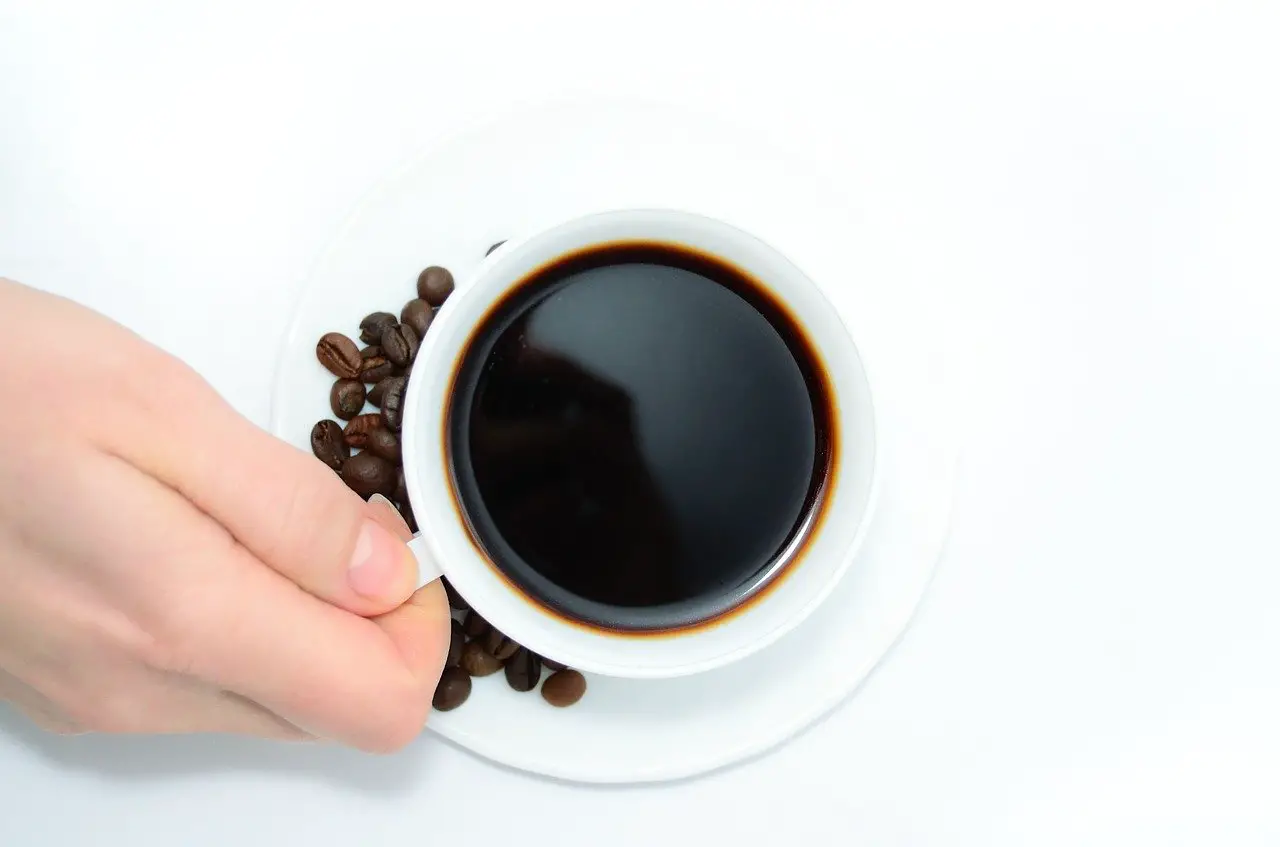A good cup of brewing coffee in the morning can really set the tone for a whole day. Here you have the tricks that put a golden edge on everyday life.
The majority of us have a coffee maker at home in the kitchen. A central place where we start our mornings and end our dinners. Some may think that the brewer does the whole job, with just a little help. But there is a lot that we can influence to make the coffee even better.
The water should be cool and oxygen-rich
It really only takes two ingredients to get a cup of coffee: water and ground coffee in the filter. But it does matter what temperature the water has for the final result. – It should be fresh and cold water. This means that the water is heated using the brewer and not from the start. If the water is warm from the start, it is likely to be too hot, it will be significantly better if the brewer gets the job done at his pace.
The filter should be bleached properly
Brewers require filters, and then it should be the right kind. An oxygen-bleached white coffee filter is the eco-friendly secret of not getting a taste of paper.
Brown paper filters are not processed and then there is a lot of pulp left in the filter, which causes the coffee to taste when it runs through. You can test your filters by putting one in some water, letting it drain and then tasting the water.
Prepare by wetting the filter
A dry paper filter makes room for mistakes, literally. There are almost always channels between containers and filters where water flows through without rubbing the coffee, which can make the result messy.
It can also increase the risk of the filter collapsing and there will be coffee sump in the jug – Soak the filter before, put it in the container and flush under the tap. It fixes the filter and also does not suck up water that is dosed for the amount of coffee.
Proper storage retains the aromas
Many people choose to have their ground coffee in a fine tin can, which is okay. But if you want to keep the aromas in the coffee then the coffee should stay in its original packaging – then in a jar.
Pouring the coffee into a jar is almost like decanting a wine. The aromas float around and the air is forced into the can without thinking about it. Keep the coffee in the package, seal it tightly and store it dark and cool – but not cold.
An old teaching is to have your coffee in the refrigerator. Because coffee contains oils, it is like storing a bottle of olive oil in the fridge, which results in the oil solidifying and coagulating. The only time coffee should change temperature is when it is brewed.
Careful with brewers with timer
Some coffee makers have the function that you can set a time for the coffee to start brewing, something that many morning-weary people appreciate. But this option actually makes the coffee taste significantly worse when it’s done.
You need to pour water into the container and the coffee in the filter in the evening. During the night the water loses oxygen and the coffee gets old. In fact, ground coffee only lasts for a quarter when it arrives, then the aromas die. Everyone deserves fresh coffee in the morning.
Test a smaller dose than usual
Strong coffee is becoming more and more common, something that actually stuns our minds.
Test dosing a scoop less to see what the coffee has for flavors, a strong coffee only tastes coffee. A weaker version produces tones such as citrus, milk chocolate, cocoa and lots of other flavors. Get to know your coffee.
Freshly ground coffee gives the best results
– The freshest coffee has the most aromas, which makes the experience tastier. If you have that luxury, you should invest in a mill, or a brewer that grinds directly into the filter. Then you have freshly ground coffee every day, says Fatima.
